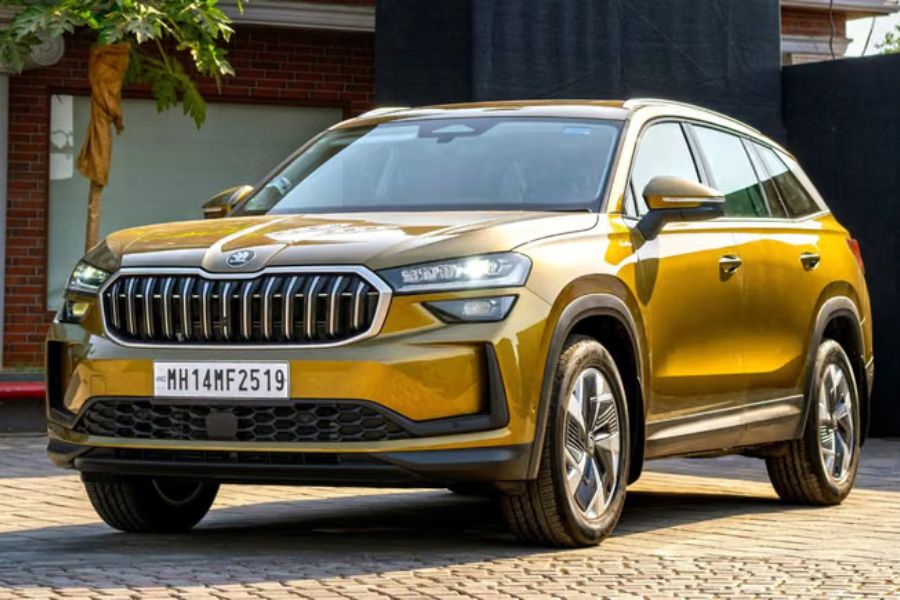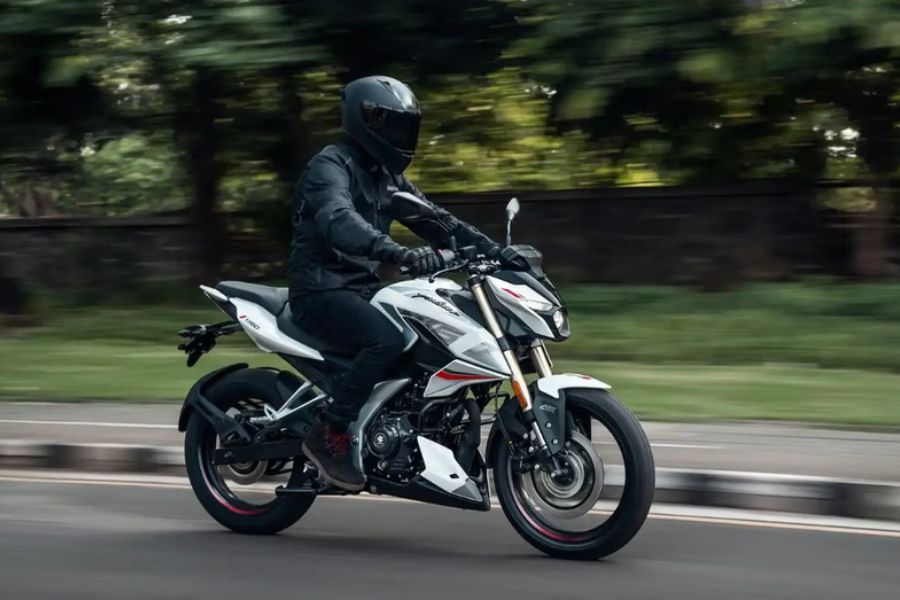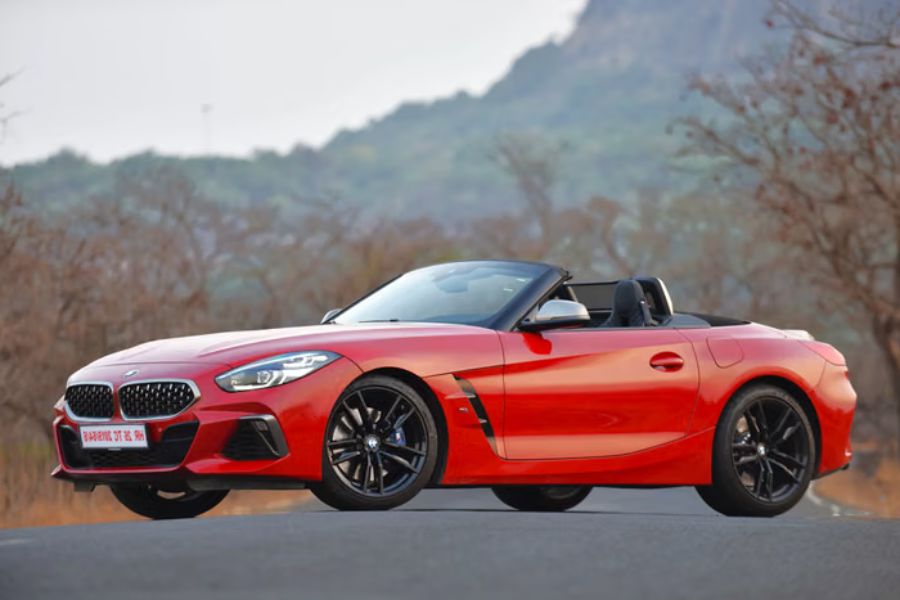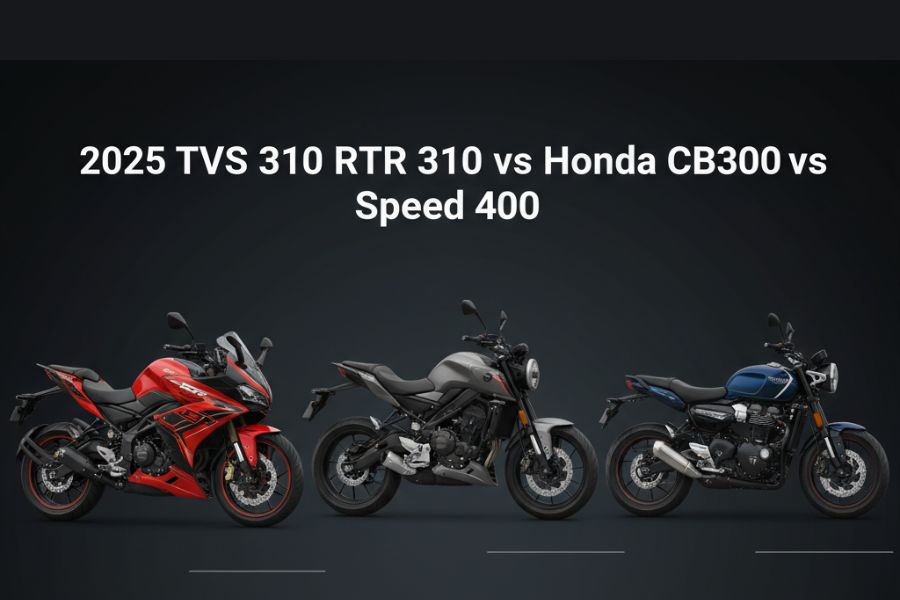The year 2025 is set to be a landmark for electric vehicles (EVs), with major automakers launching new models and expanding their EV portfolios. The Bharat Mobility Global Expo (BMGE) in January will offer a glimpse into the evolving EV landscape. Here’s a roundup of the most anticipated EVs debuting next year, including 12 SUVs and an MPV.
Hyundai Creta EV
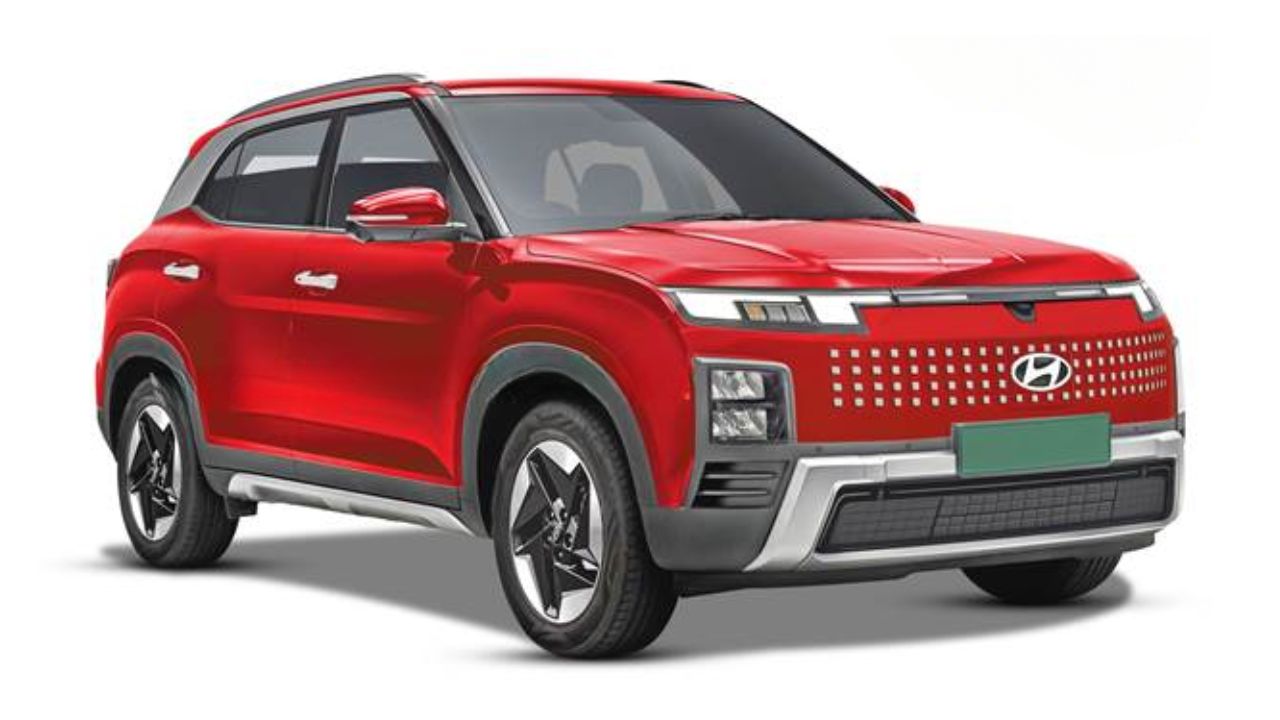
Hyundai’s popular Creta gets an electric avatar, sharing its design language with the ICE version but with EV-specific aerodynamic tweaks. Inside, it borrows features from the Alcazar facelift, while a 45kWh battery is expected to deliver up to 400km of range. Launching on January 17, the Creta EV is estimated to be priced between ₹25-35 lakh.
Maruti Suzuki e Vitara

Maruti’s first all-electric offering, the e Vitara, transitions from the eVX concept to production with minimal changes. Available with two battery options, it will deliver up to 500km of range. The AWD variant, with a combined output of 184hp, is set to rival models like the Hyundai Creta EV. A March 2025 launch is expected, with pricing yet to be announced.
Toyota Urban Cruiser EV
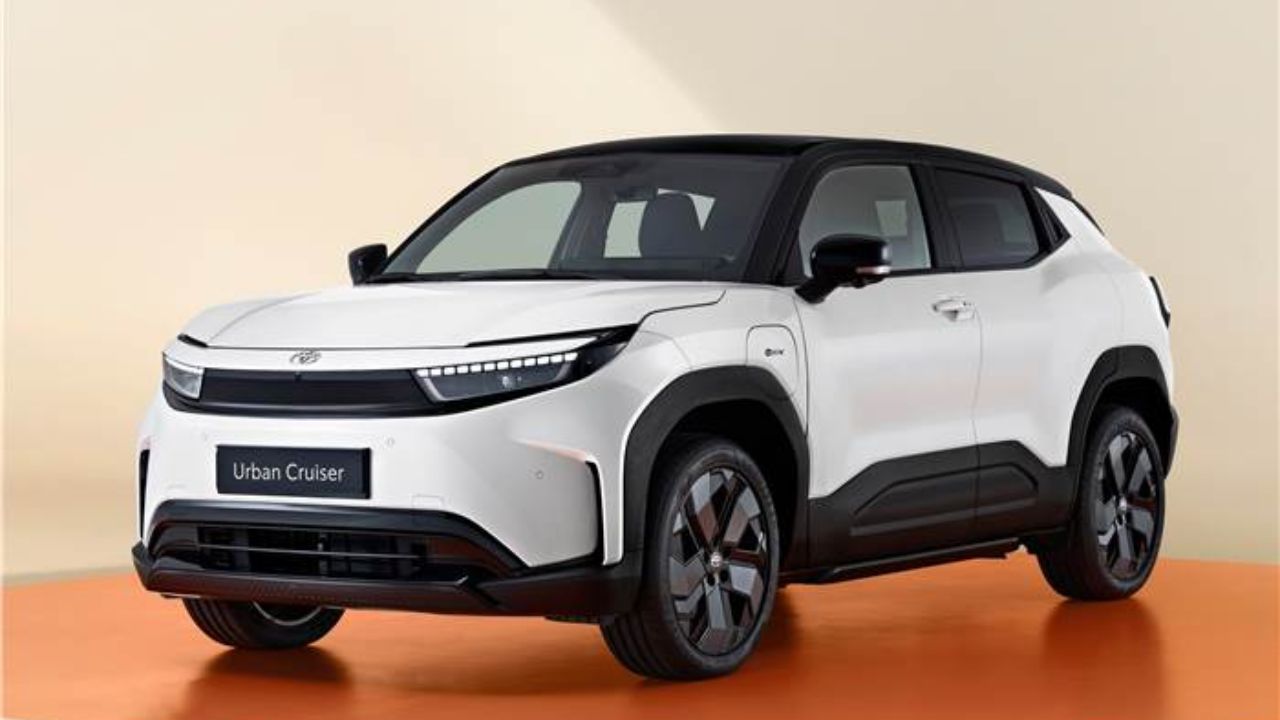
Toyota’s version of the e Vitara features subtle styling tweaks and unique interior themes to differentiate itself. Sharing the same platform and powertrain, it will include AWD options. The Urban Cruiser EV is slated for a late 2025 debut, targeting a price range of ₹20-30 lakh.
Tata Sierra EV
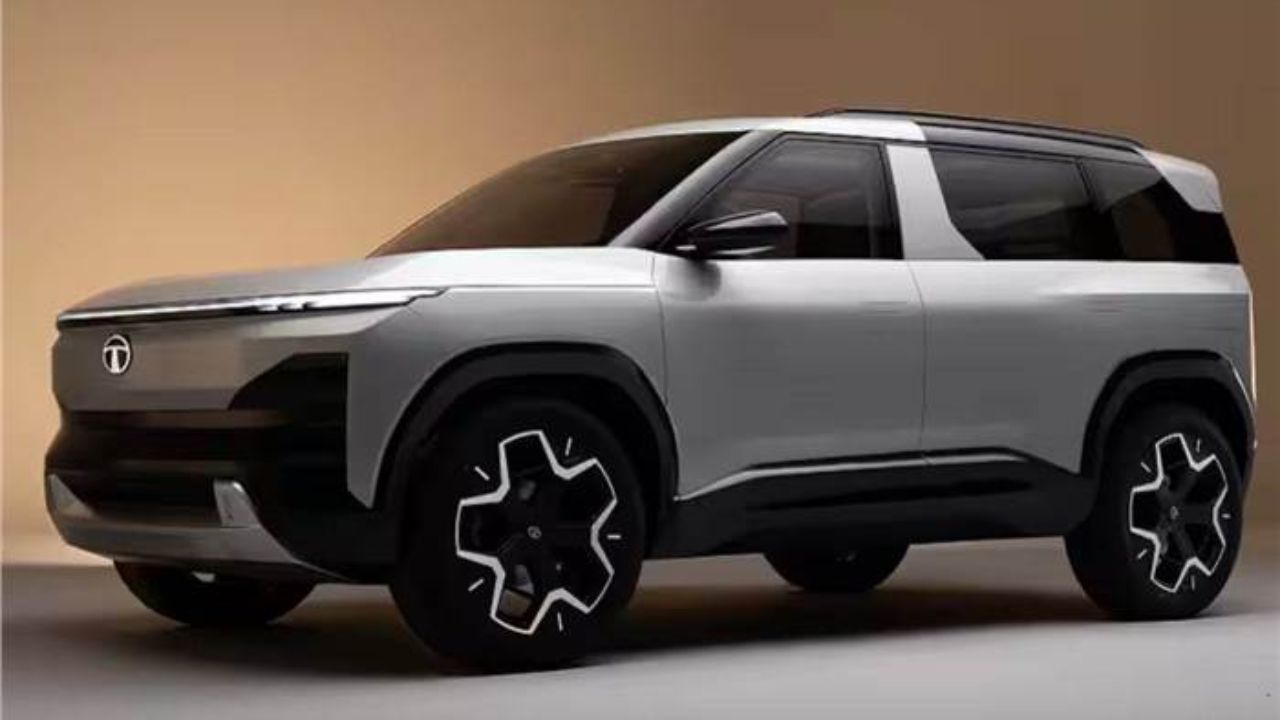
Reviving the iconic Sierra nameplate, Tata’s all-electric Sierra will sit on the Gen2 EV platform, shared with the Punch EV and Curvv EV. Known for its spacious cabin and retro-modern styling, the Sierra EV may also feature AWD. The launch could take place in 2025 or 2026, with pricing yet to be revealed.
Tata Harrier EV
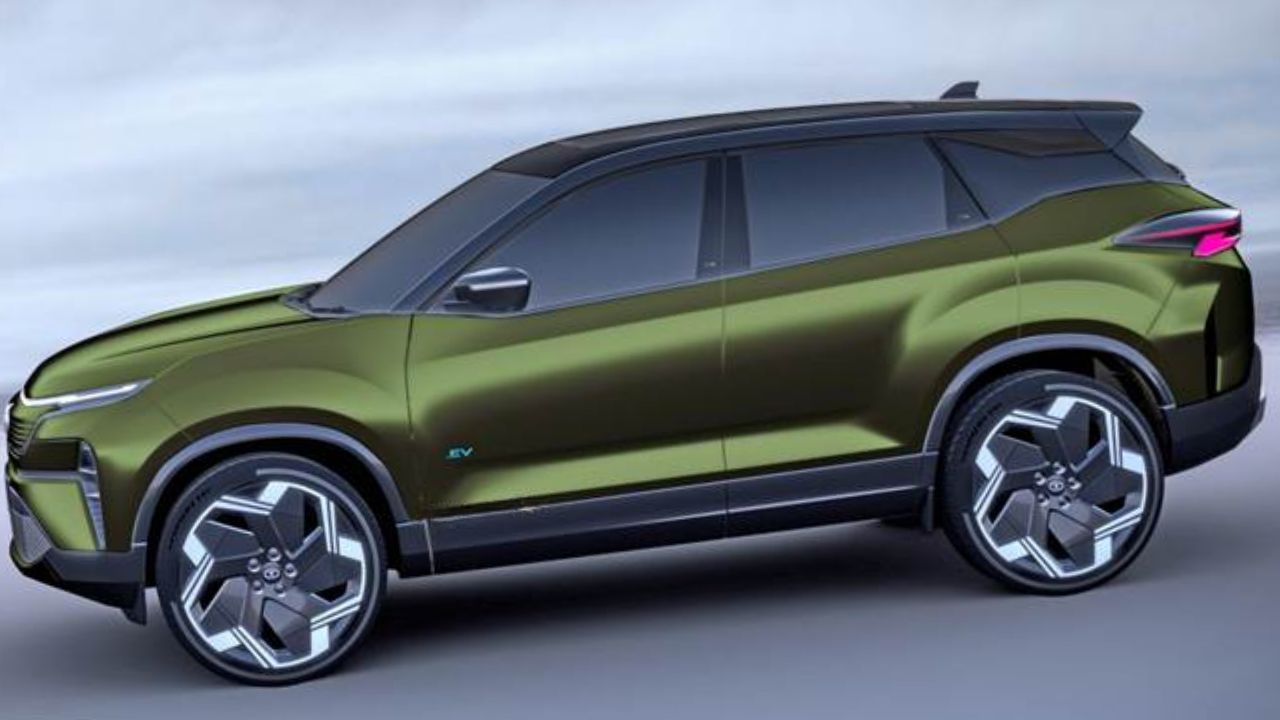
The Tata Harrier EV, showcased in near-production form, is expected to feature a 60kWh battery offering 500km of range. It will be Tata’s first AWD EV, with electric motors on both axles. Key highlights include V2L and V2V charging capabilities. Launching in March 2025, the Harrier EV will target premium EV buyers.
Mahindra XUV 3XO EV
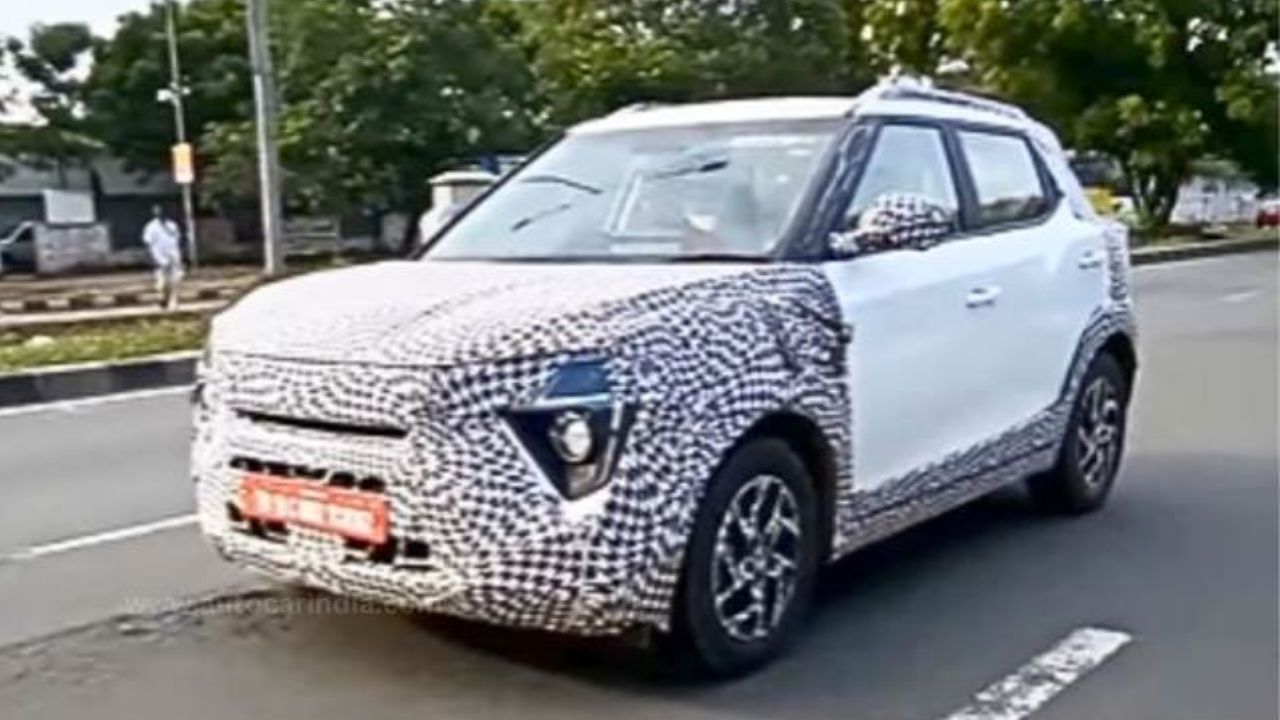
Positioned as a compact EV, the XUV 3xO will feature a smaller 35kWh battery compared to the XUV400, offering a more affordable entry into Mahindra’s EV lineup. Launching in July 2025, it is expected to compete with the Tata Nexon EV.
Mahindra BE 6e

With futuristic styling and robust specs, including up to 281hp and a range of 682km, the BE 6e aims to set a benchmark in the midsize SUV segment. Priced from ₹18.90 lakh, it will be available starting February 2025.
Mahindra XEV 7e and XEV 9e

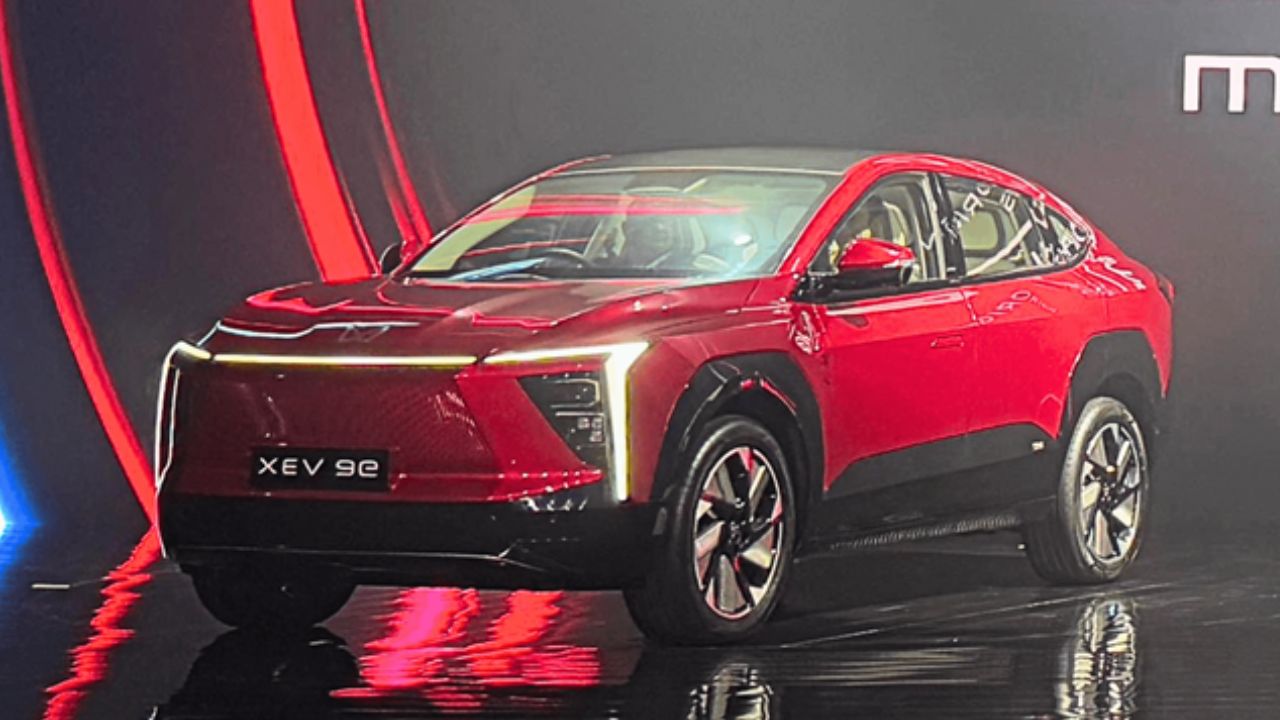
The XEV 7e, a three-row SUV, and the XEV 9e, a coupé-SUV, share a platform with the BE 6e but cater to different audiences. The XEV 9e offers more tech and space, with prices starting at ₹21.90 lakh. Both models are expected by late 2025.
Kia Carens EV
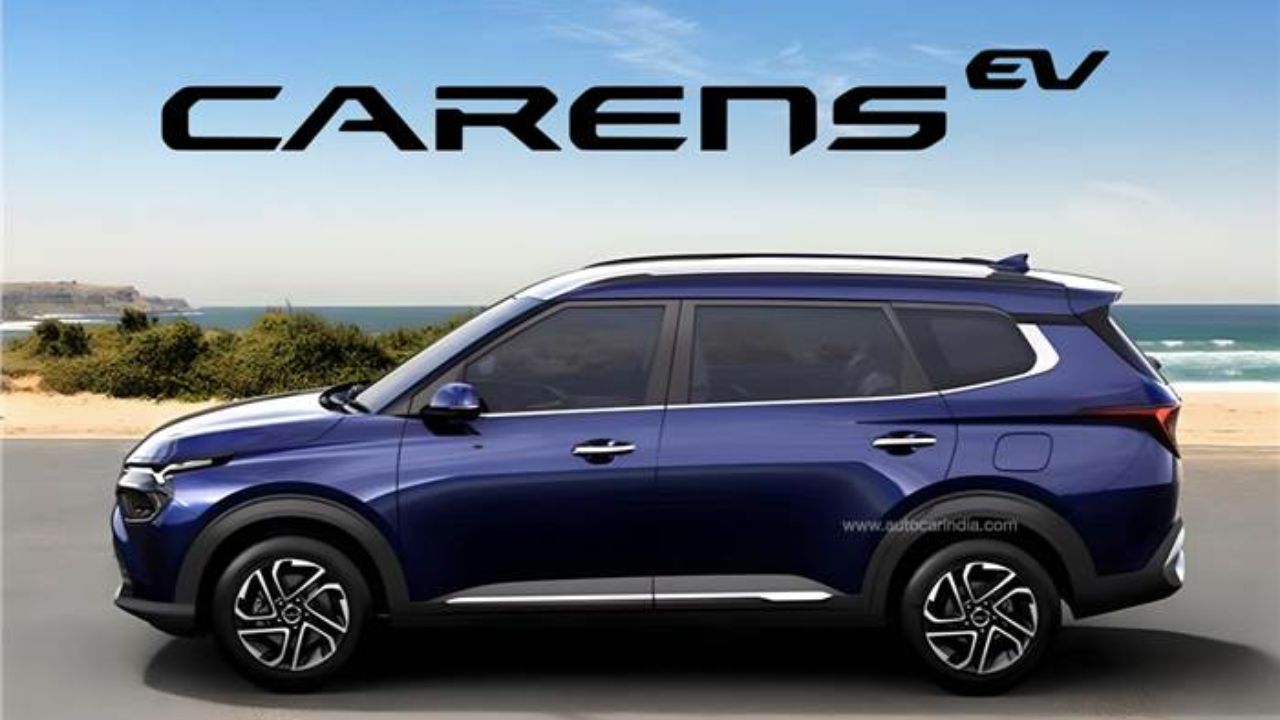
Kia’s electric MPV will share its powertrain and platform with the Hyundai Creta EV, offering similar range and features. Launching towards the end of 2025, it is likely to cater to families seeking an eco-friendly alternative.
Kia Syros EV

Expected to launch six months after the ICE Syros, this compact EV will offer front-wheel drive and an accessible price tag starting at ₹15 lakh. Details will emerge after its unveiling at BMGE 2025.
BYD Midsize Electric SUV
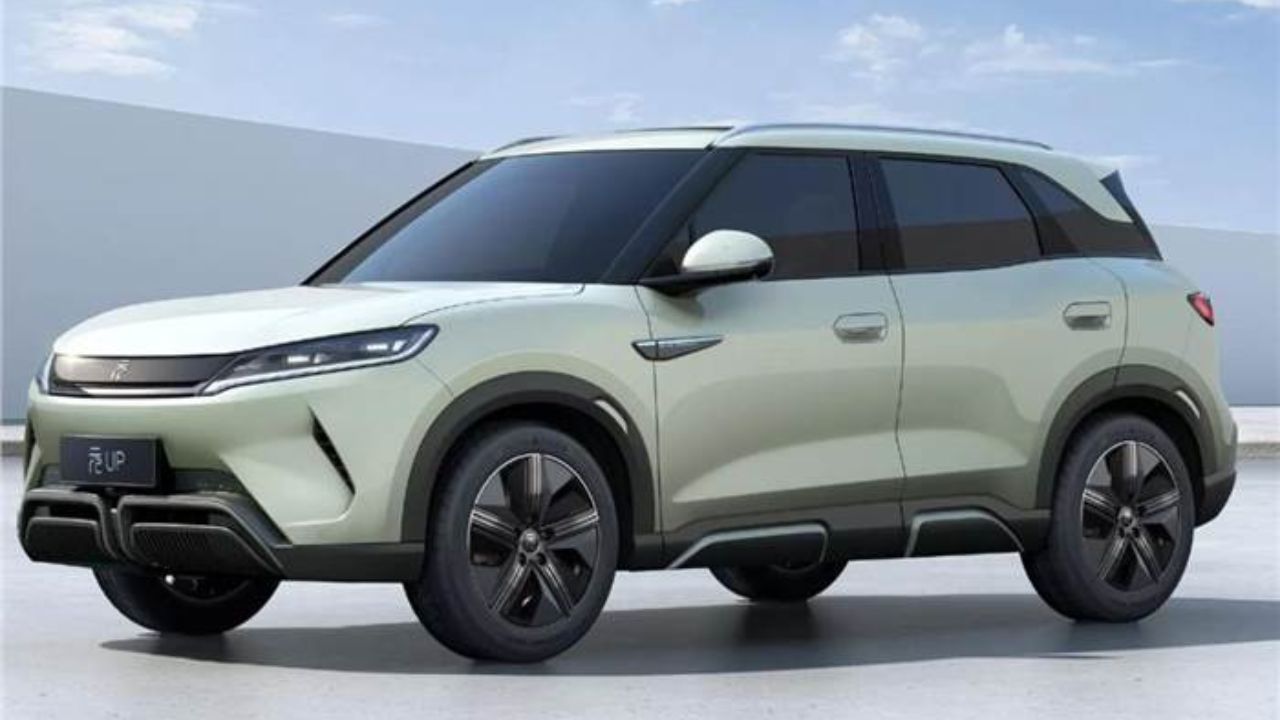
BYD plans to introduce a midsize SUV that will rival the Tata Curvv EV and Maruti e Vitara. While specifications remain under wraps, the launch is anticipated in H2 2025, with a possible showcase at the BMGE.
Citroën Aircross EV and Basalt EV
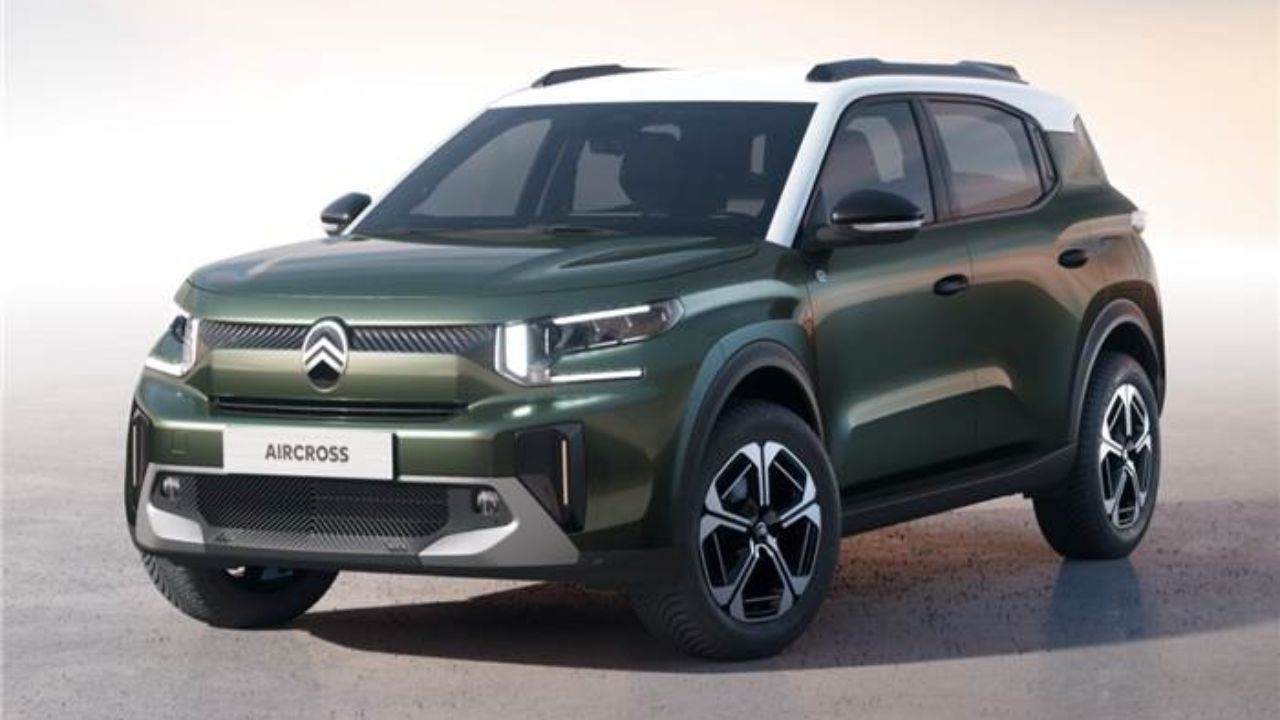
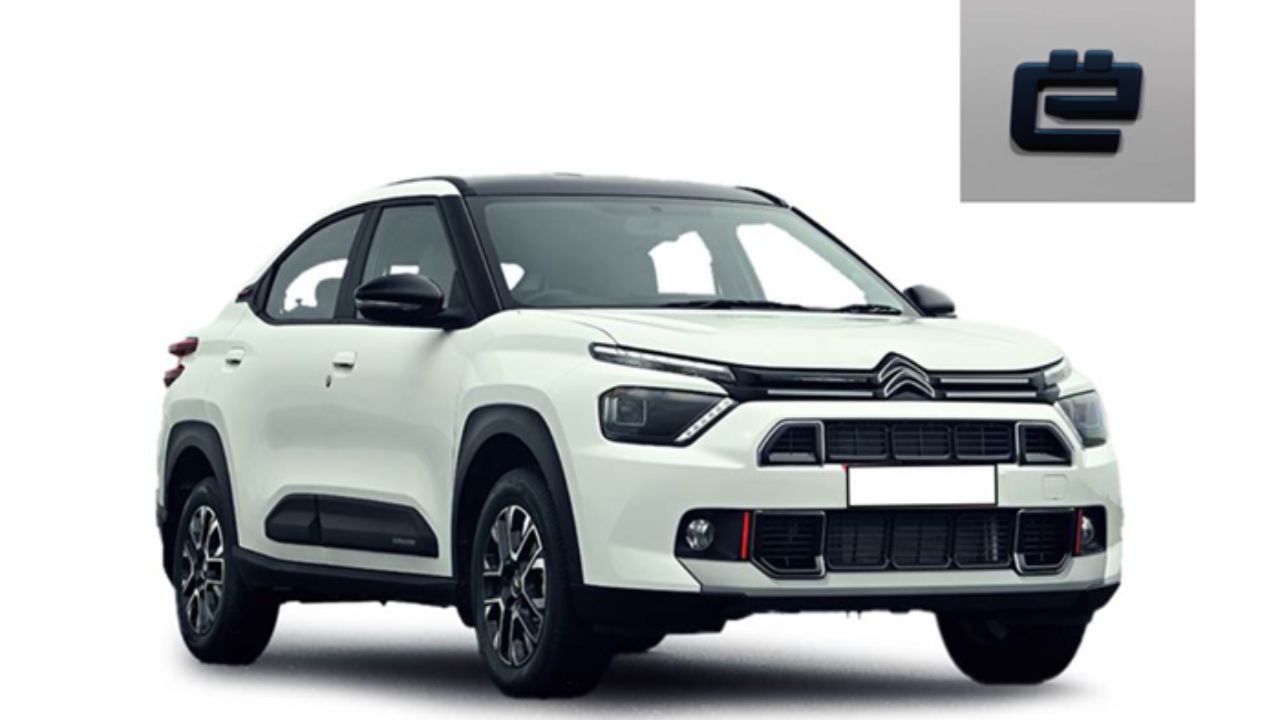
Citroën’s Aircross EV, based on the C3 platform, will feature enhanced battery and motor options compared to the eC3 hatchback. Alongside it, the Basalt EV will enter the midsize SUV segment. Both models are likely to launch in H2 2025, priced around ₹18 lakh.
Conclusion
From compact SUVs to family-friendly MPVs, the 2025 lineup offers something for everyone. With advanced features, extended ranges, and competitive pricing, these EVs are poised to reshape the Indian automotive market.
Read More:

